A trusted compass: The power of skills taxonomy in career mapping
TalentLMS
OCTOBER 2, 2023
Enter the skills taxonomy framework. What is a skills taxonomy and why you should use it The world is changing at speed. Skills taxonomy frameworks help individuals and organizations adapt to this. What’s an example of skills taxonomy? Skills taxonomy frameworks cover both soft and hard skills.

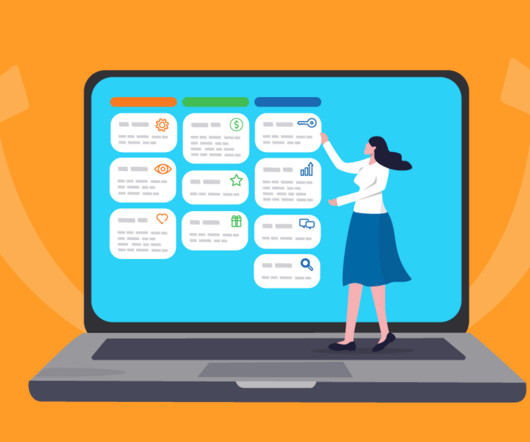
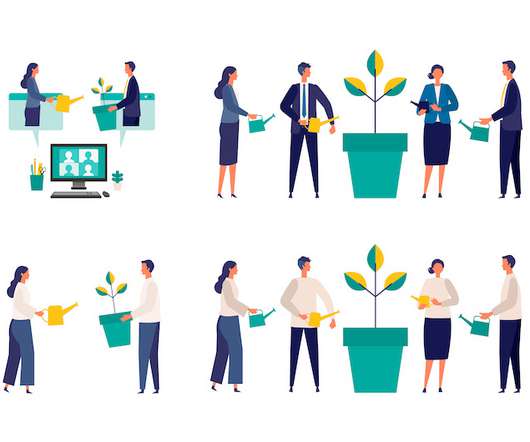
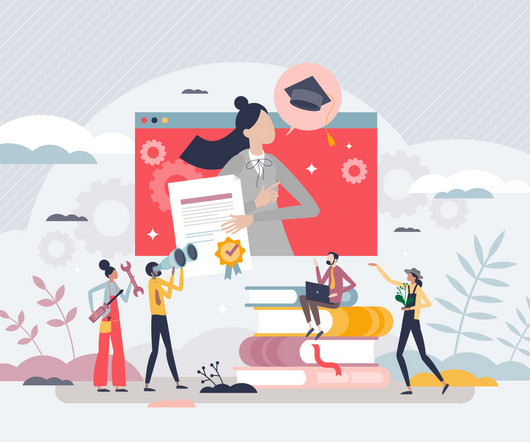

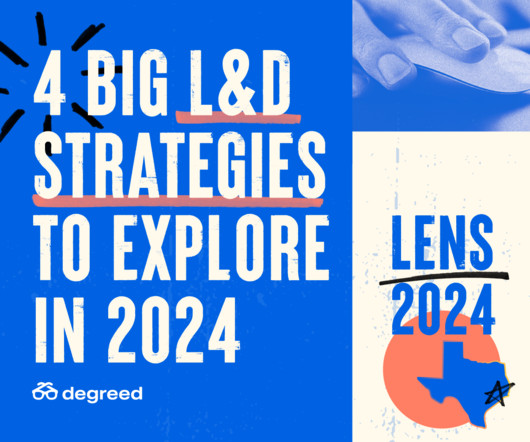
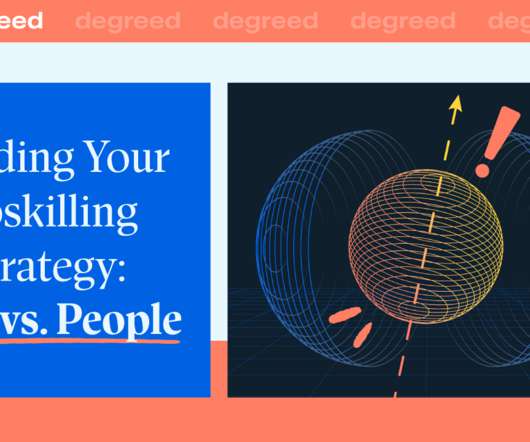


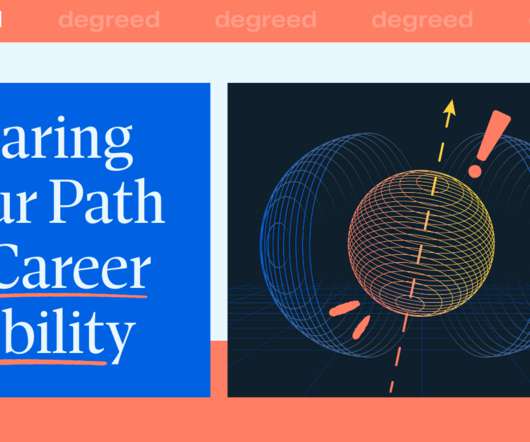
















Let's personalize your content